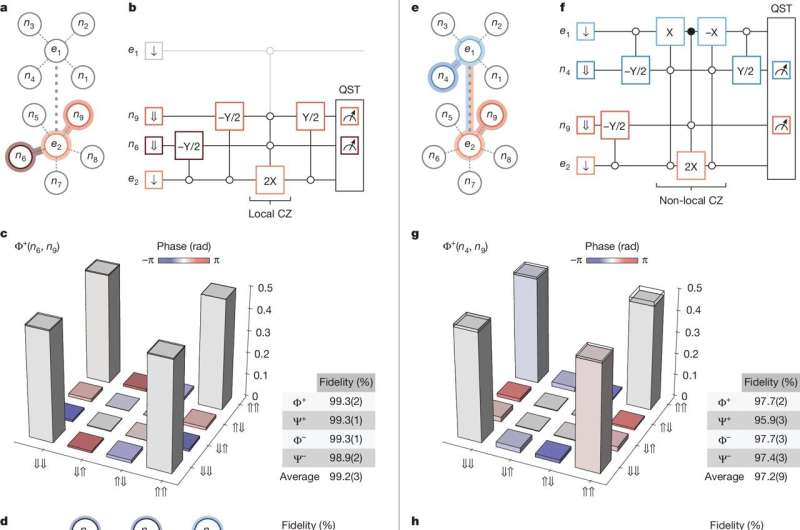In Nature Communications, a research team affiliated with UNIST present a fully biodegradable, robust, and energy-efficient artificial synapse that holds great promise for sustainable neuromorphic technologies. Made entirely from eco-friendly materials sourced from nature—such as shells, beans, and plant fibers—this innovation could help address the growing problems of electronic waste and high energy use.
Traditional artificial synapses often struggle with high power consumption and limited lifespan. Led by Professor Hyunhyub Ko from the School of Energy and Chemical Engineering, the team aimed to address these issues by designing a device that mimics the brain’s synapses while being environmentally friendly.









